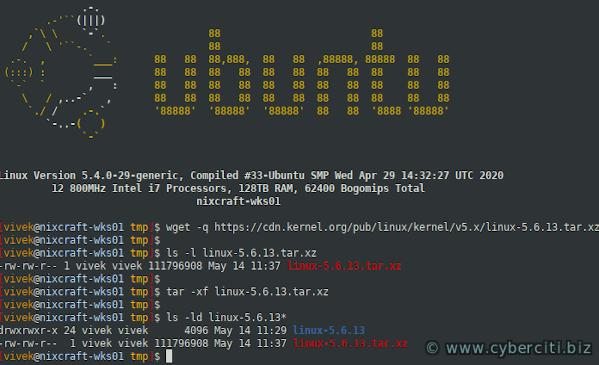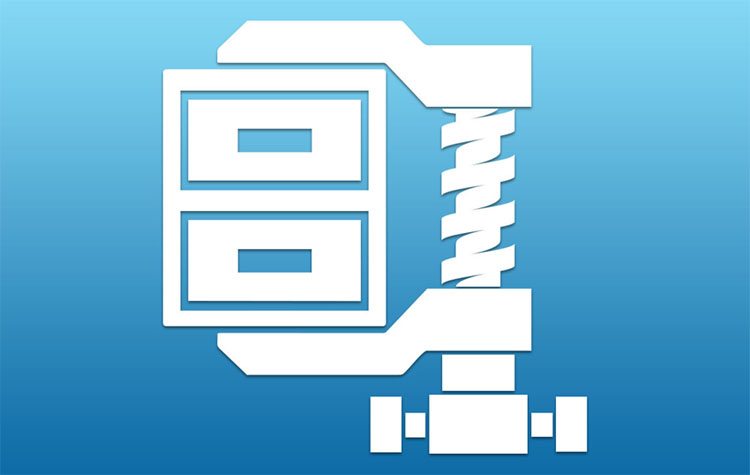

It’s the same as extracting files from an archive to extract one or more directories: tar -xf dir1 dir2 You must give their exact names, including the file path, when extracting files, as printed by –list (-t). To extract archive files in a specified directory, use the –directory (-C) option:įor example, to extract the contents of an archive to the /home/vsudo/files directory tar -xf -C /home/vsudo/files Extracting Specific Files from a tar.gz FileĪppend a space-separated list of file names to be extracted after the archive name to extract a specific file(s) from a tar.gz file: tar -xf file1 file2 tar -xvf īy default, tar extracts the contents of the archive into the current directory. The -v option makes the tar command more visible on the terminal and shows the names of the files being extracted.
#Unzip tar file windows#
To extract (unzip) a tar.gz file, just right-click on it and choose “ Extract.” To extract tar.gz files, Windows users will need to use the 7zip program. If you’re a desktop user who prefers not to utilize the command line, you may use your file manager instead.

The same command may be used to extract tar archives that have been compressed using different methods, such as. The tar command will detect the compression type and extract the archive automatically. Use the –extract (-x) option and the archive file name after the f option to extract a tar.gz file: tar -xf The tar command is pre-installed in most Linux distributions and macOS. When you use bzip2 to compress a TAR file, the resulting file will have one of three extensions: TAR.BZ2, TAR.BZ, or just TBZ. Sometimes, instead of TAR.GZ, the TGZ file extension is used.īzip2: bzip2 is similar to gzip. Tarballs use the TAR file extension, whereas gzip uses the GZ file extension. Tar.gz: A TAR.GZ file is a compressed version of a tarball using the gzip method. Because gzip’s file extension is GZ, you may assume that any file ending in GZ has been compressed using the gzip technique. Gzip: The file compression algorithm GNU gzip is used to compress files. Extracting Specific Files from a tar.gz File.Var _dir_ = FSO.GetParentFolderName(_file_)

Var FSO = new ActiveXObject("Scripting.FileSystemObject") Var WSH = new ActiveXObject("WScript.Shell")

So if 7z.exe is at C:\Windows\system32\7z.exe, you'd put: var SevenZipDir = "C:\\Windows\\system32" Īnyways, here's the script: /* vim:set offĬscript //nologo //e:jscript "%~dpn0.bat" %* (For instance, 7za.exe or 7z-real.exe) You can also set a default directory for the executable by changing SevenZipDir. If you want to change how it looks for stuff, you can change the SevenZipExe variable at the top of the script to whatever you want the executable name to be. bat), and run: xtract.bat īy default, the script will check the folder of the script, as well as your system's PATH environment variable for 7z.exe.
#Unzip tar file code#
Just copy the code to a file name xtract.bat or something along those lines (Can be whatever as long as it has the extension. With that being said, here's a WSH JScript script to do what you need. You're using Windows XP, so you should have Windows Scripting Host installed by default.


 0 kommentar(er)
0 kommentar(er)
